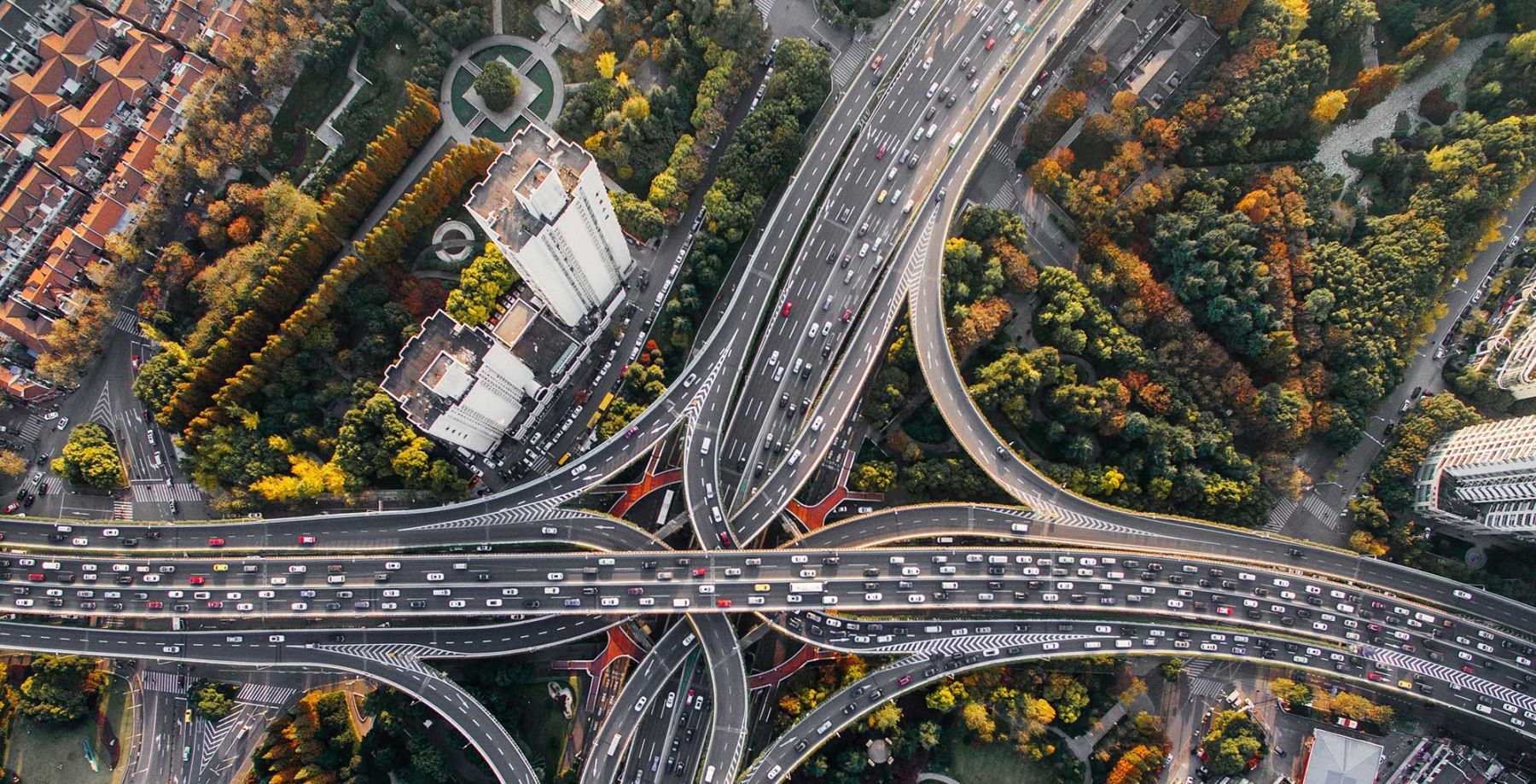Overview
The domain of Geoanalytics and Urban & Regional Sciences develops and applies quantitative methods to geographically based problems and issues. This domain is grounded in human geography and analytics are applied to properties of human systems that vary over time and across space. Substantive context varies, but the suite of methods is comprehensive and broadly applicable. Examples of methods used in this area include spatial statistics, location analytics, geosimulation, geocomputation, spatial optimization, network analysis, and cartography & geovisualization. The setting and scale of research focuses on cities and urban systems (the dominant home of humankind) and regions (coarser scale aggregations of human settlements in which individual cities and towns interact as a system).
